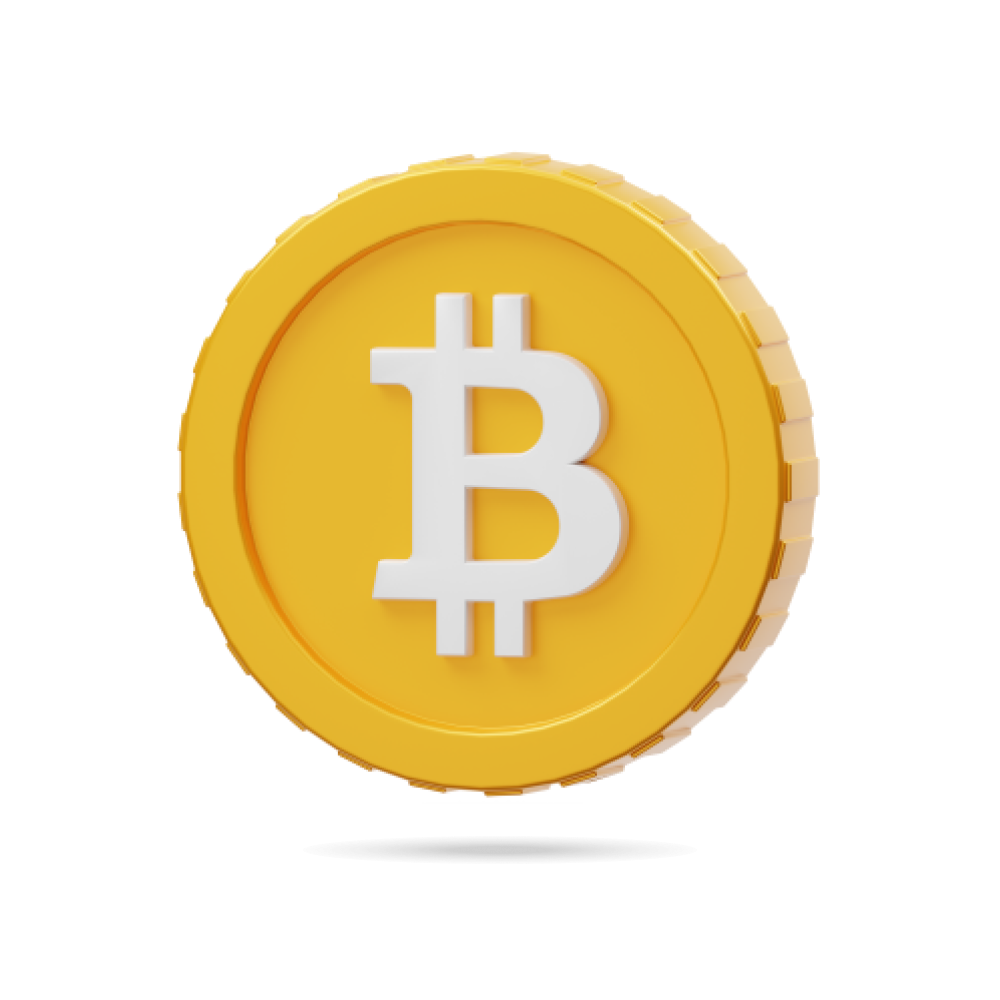What Is Bitcoin?
Bitcoin refers to both a digital currency, also known as a cryptocurrency, and the protocol and payment network the currency works on. It was invented in 2008 by an anonymous person or group named Satoshi Nakamoto. The first Bitcoin transaction took place in 2009.
To understand Bitcoin, it’s important to make the distinction between the bitcoin cryptocurrency and the Bitcoin network. As you become more familiar with the world of Bitcoin, you might come across Bitcoin with a capital ‘B’ compared to bitcoin with a lowercase ‘b’. This isn’t a typo. Bitcoin refers to the network as a whole and bitcoin to the virtual currency.

Bitcoin and Blockchain – How Does It Work?
Unlike fiat currencies, bitcoins are not physical objects. Instead, they exist in the virtual world as snippets of code. New bitcoins, or BTC, are created through a process called bitcoin mining, where powerful computers solve complex equations. This process creates a new block on the blockchain where transactions are recorded, verified and saved.
Bitcoin miners are rewarded for this service with bitcoins and transaction fees. Part of bitcoin’s value is created through supply and demand, as there is a limited number of bitcoins to be mined. Once 21 million coins have been mined, we won’t be able to make any more. This is set to occur sometime in the year 2140 and it’s what sets bitcoin apart from other popular cryptocurrencies such as Ethereum and Litecoin.
The blockchain is a decentralised, distributed public ledger that records transactions anonymously and securely. By recording all transactions made within the cryptocurrency network, blockchain technology removes the need for a middle-person like a central bank, payment apps such as PayPal, or any other central authority.
The decentralised nature of blockchain technology means that Bitcoin has no central point of control, as is the case with most traditional currencies, and is sustained by individuals in the widespread cryptocurrency community. This creates a ‘trustless’ payment system, where parties participating in bitcoin transactions can be sure of the information displayed on the blockchain.
Moreover, the blockchain prevents any transactions from being removed, modified or tampered with without permission. This creates a chain of transactions, known as blocks. Without blockchain technology, it would be impossible to use bitcoin.
Simply put, Bitcoin operates for the people by the people. Instead of banks, Bitcoin users visit exchanges to buy or sell bitcoin.
Bitcoin Wallets
When their coins are not being used, people keep bitcoins in virtual wallets for safety. Sometimes hacks occur when bitcoins are not stored properly. The most famous example is the Mt Gox hack of 2014 when thieves stole more than 700,000 bitcoins. This was a key moment in the crypto space, and has since gained near-mythical status, highlighting the importance of securing your bitcoins in a bitcoin wallet.
Each digital wallet has a public bitcoin address that users can use to send and receive coins between wallets and bitcoin exchanges. Each wallet also has a private key, which is similar to a password and can be used to access your wallet at any time. While the private key is a mathematical number, most users never handle this number. More commonly, the user will typically be given a seed phrase that encodes the same information as the private key.
While storing your cryptocurrency in a digital wallet is more secure than keeping it on an exchange, an even more secure form of storage is a paper wallet. A paper wallet is usually a piece of paper that is printed with both a private key and a public address, usually in the form of a QR code. As this piece of paper is completely offline, it makes your wallet unhackable, and hence even more secure. Of course, it’s important to consider how and where you store this paper.
